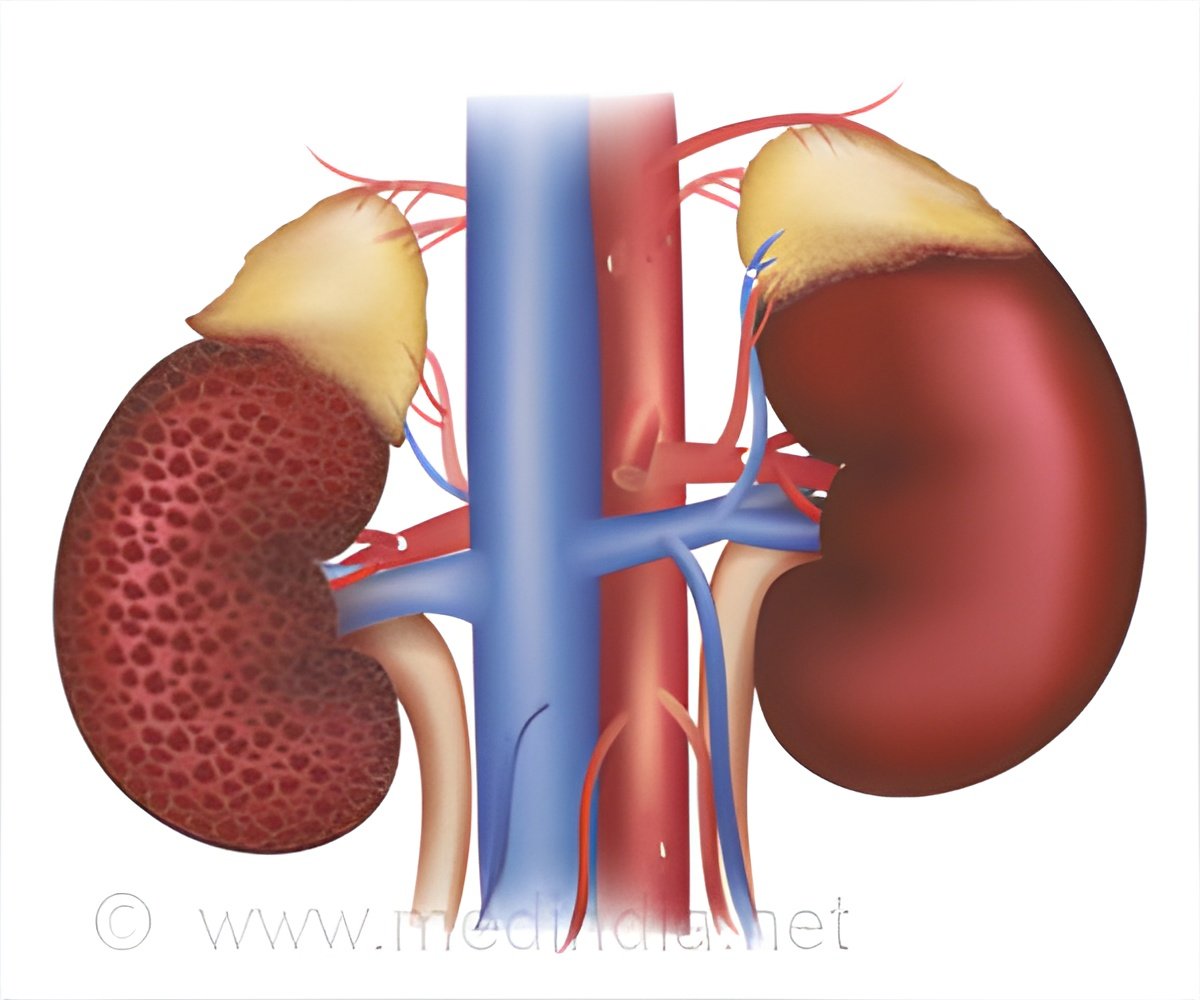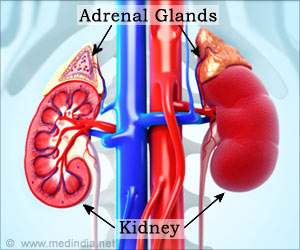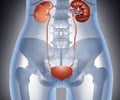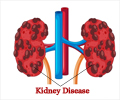With rising prevalence of diabetes and hypertension in the country, the prevalence of chronic kidney disease (CKD) is expected to increase.

TOP INSIGHT
The causative factors for CKD in India are essentially the same as that in the developed nations. Diabetes and hypertension remain the major causes of renal failure.
This results in the delayed diagnosis of kidney disease. Talking about the causative factors that lead to CKD, Dr Raman Tanwar, Consultant Urologist, W Pratiksha hospital, Gurgaon said, "It is interesting to note that causative factors for CKD in India are essentially the same as that in the developed nations. Diabetes and hypertension remain the major causes of renal failure. These diseases are preventable and controllable hence it's quite easy to reduce the population of kidney patients in the country by timely and regular treatment."
Treatment of advanced CKD or end-stage renal disease is substantially expensive with most cases requiring transplant and dialysis. Hence, it is imperative to identify high-risk characteristics which can be modified. "Incidence of CKD stage 3 has been reported to be as high as 6percent in some parts of the country," noted Dr Raman, adding "This is alarming and puts a huge load on the healthcare system. Dialysis and renal replacement therapy are the options but they are not able to sustain the patient for long and organ transplantation is the best answer. Unfortunately, there is a severe lack of donors and only one in thirty renal failure patients are able to receive a kidney. Around one and a half lac patients are waiting for a donor." Commenting on the result, Mudit Vijayvergiya, co-founder Curofy said, "In a country where a major chunk of the population has no access to healthcare we need to work towards prevention of a disease. This can only be done by identifying high risk demographic."
Source-ANI
 MEDINDIA
MEDINDIA




 Email
Email










